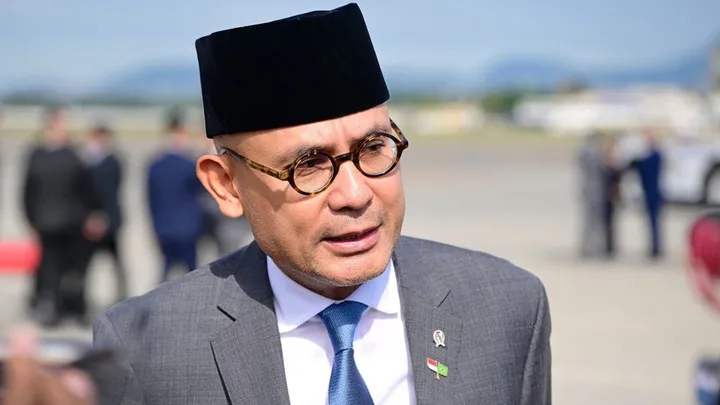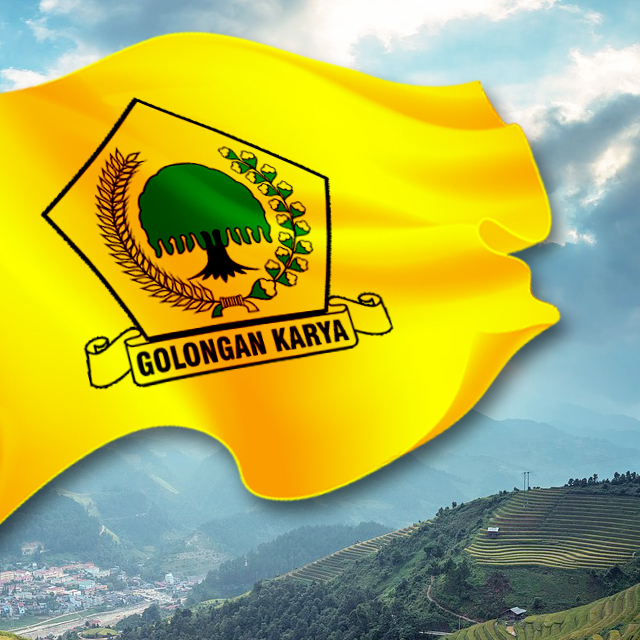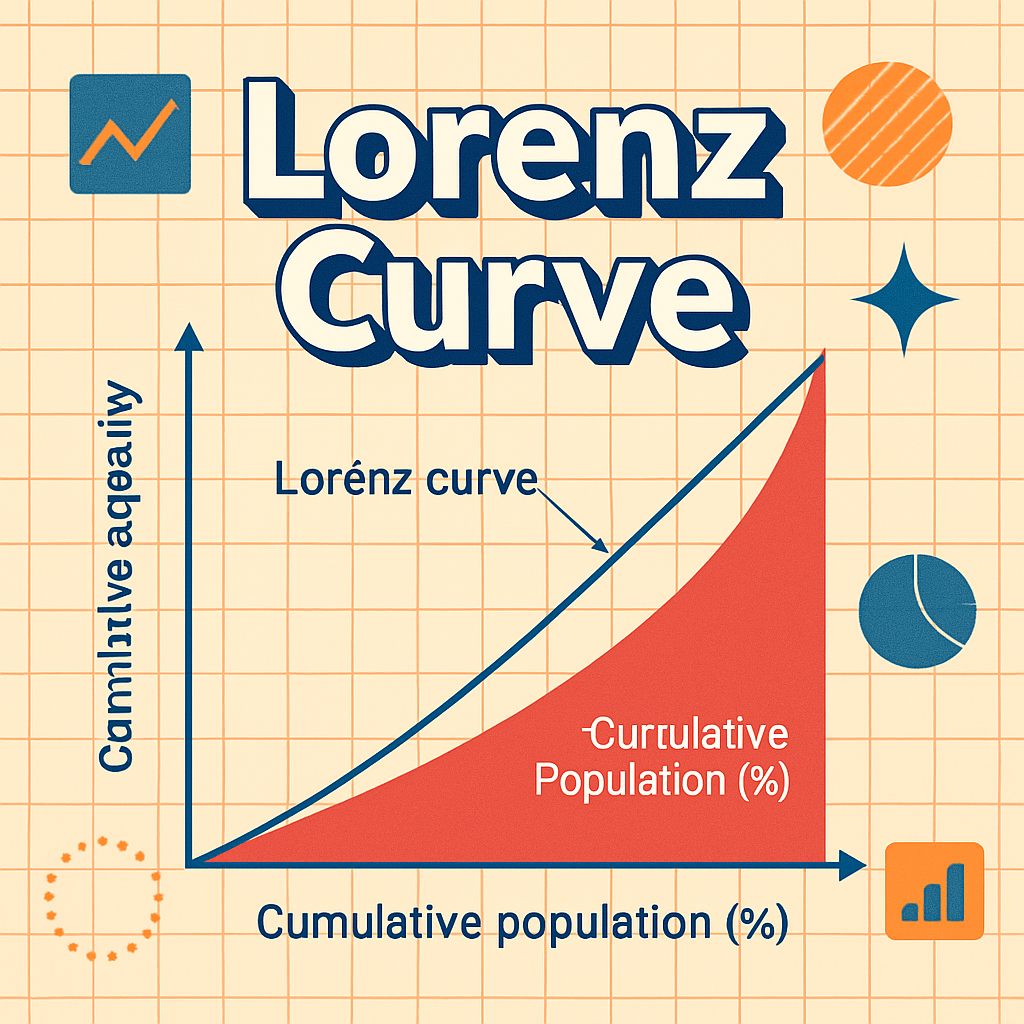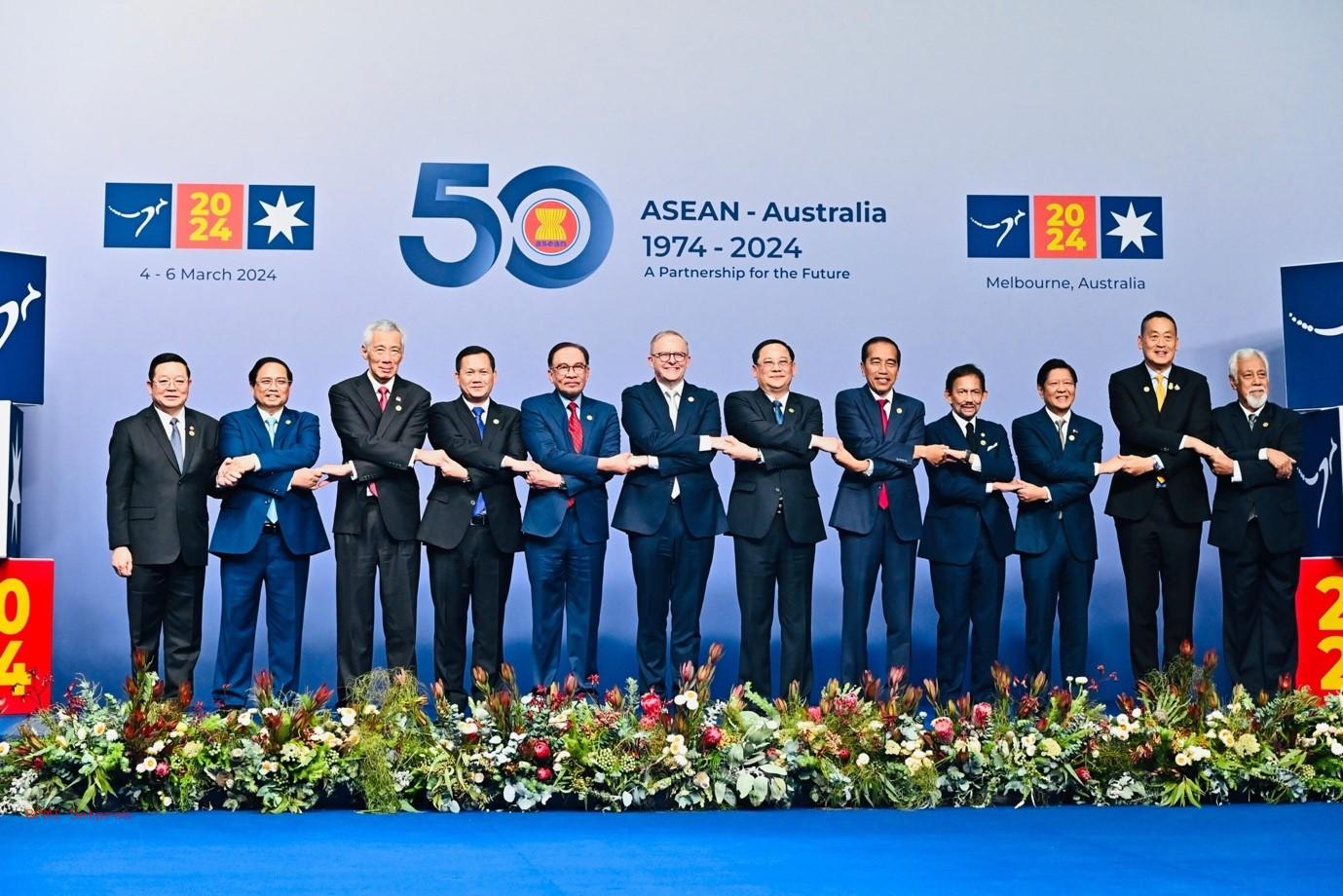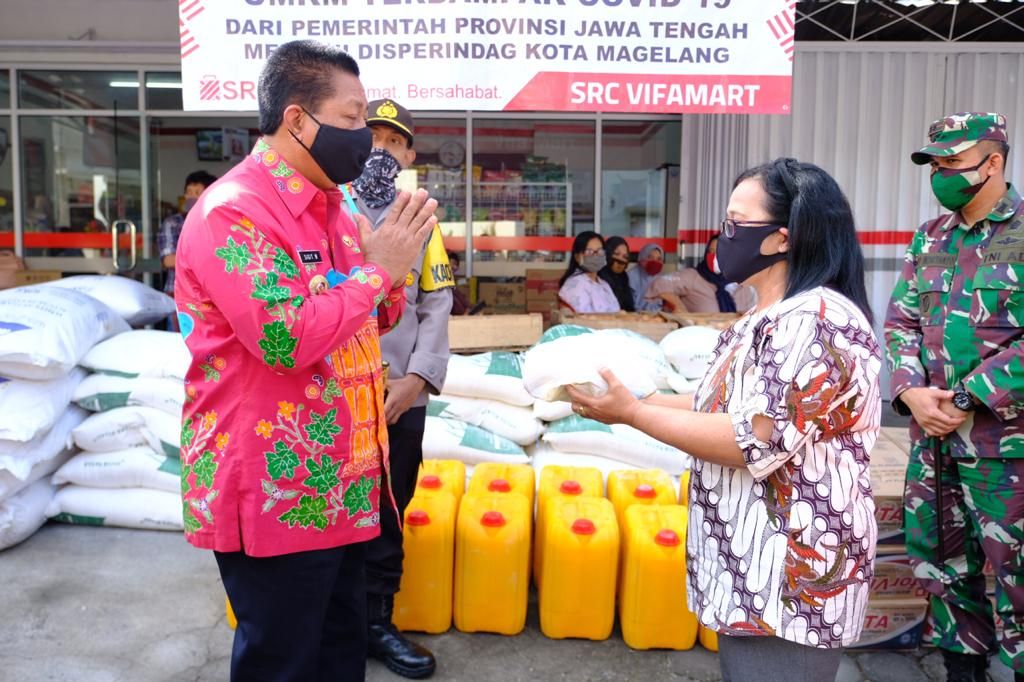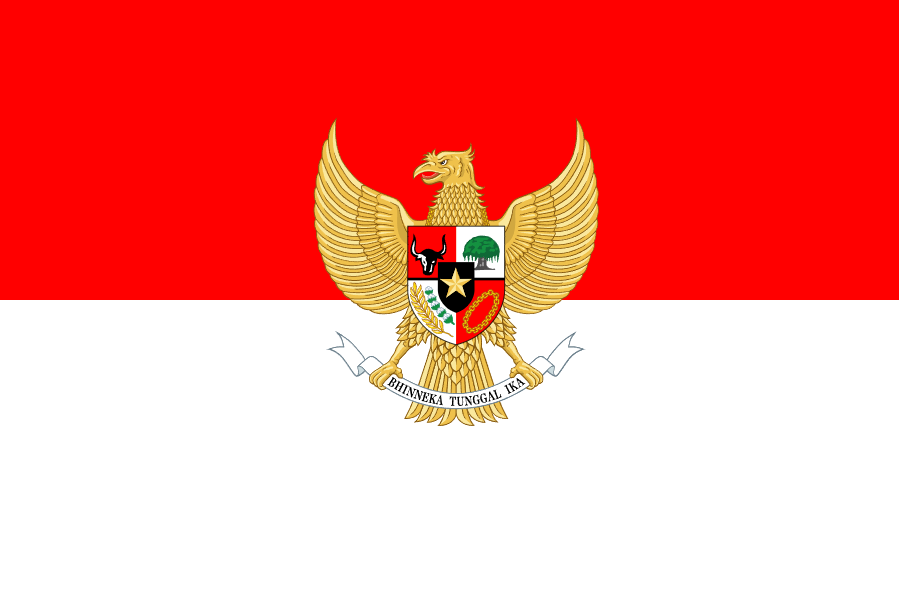Nationalism and Regionalism: The Dual Forces Shaping Indonesia Political Landscapes—My Journey Watching Both Clash and Collaborate
JAKARTA, turkeconom.com – Nationalism and Regionalism are two powerful forces that continuously shape Indonesia’s political, social, and cultural landscapes. As the world’s largest archipelago with over 17,000 islands, 300+ ethnic groups, and 700+ languages, Indonesia embodies the tension and harmony between national unity and regional identity. Through my journey observing grassroots movements, electoral campaigns, and policy debates, I’ve witnessed how Nationalism and Regionalism can both clash in destructive ways and collaborate to strengthen the nation. This article explores their dynamics, real-life examples, challenges, and pathways toward balanced coexistence.
Understanding Nationalism and Regionalism
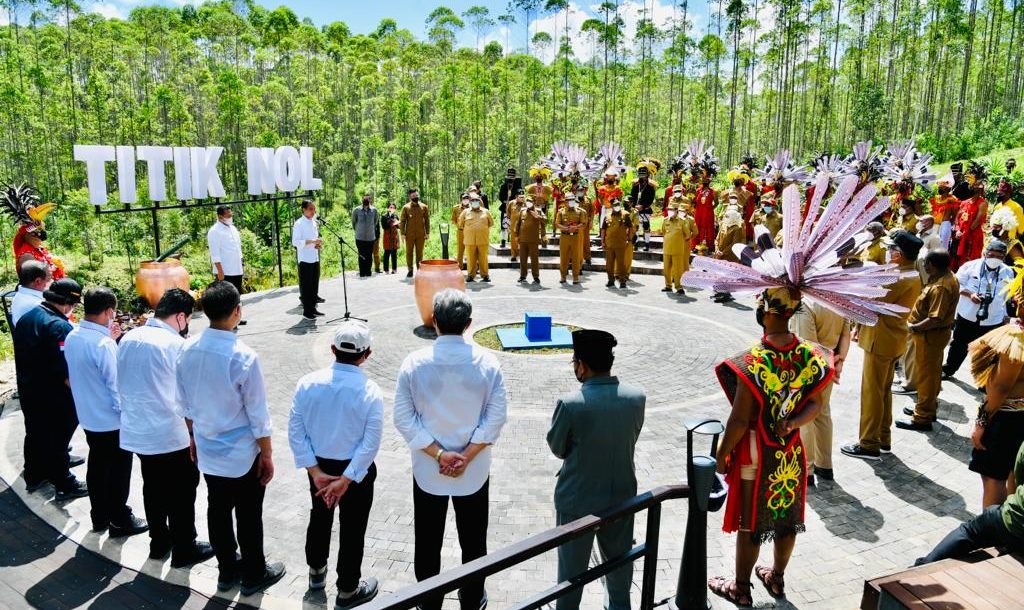
Nationalism in Indonesia
Nationalism refers to the collective identity, pride, and loyalty toward the Indonesian nation-state, transcending ethnic, religious, and regional boundaries.
- Foundation: Rooted in the 1945 independence struggle and enshrined in Pancasila and Bhinneka Tunggal Ika (Unity in Diversity).
- Goals: National sovereignty, territorial integrity, equitable development, and shared prosperity.
- Symbols: Red-and-White flag, national anthem “Indonesia Raya,” Bahasa Indonesia, and national heroes.
Regionalism in Indonesia
Regionalism emphasizes the distinct cultural, economic, and political interests of specific regions or ethnic groups.
- Drivers: Geographic isolation, historical kingdoms, linguistic diversity, and uneven economic development.
- Expressions: Demands for autonomy, preservation of local languages and customs, regional political parties, and resource-sharing disputes.
- Examples: Acehnese identity, Papuan aspirations, Javanese cultural dominance debates, and Eastern Indonesia development gaps.
The Historical Dance: Clash and Collaboration
Colonial Legacy & Birth of Nationalism
- Dutch Divide-and-Rule: Colonial powers exploited regional differences, creating administrative divisions that fragmented the archipelago.
- Youth Pledge (Sumpah Pemuda) 1928: Young activists from diverse regions united under one nation (Indonesia), one language (Bahasa Indonesia), and one homeland—a triumph of Nationalism over Regionalism.
- Independence Struggle: Nationalism galvanized the archipelago to fight colonial rule, but regional leaders negotiated their place within the new republic.
Post-Independence Tensions
- Regional Rebellions (1950s-60s): Movements like PRRI/Permesta (Sumatra/Sulawesi) and Darul Islam challenged central authority, reflecting Regionalism’s resistance to Javanese political dominance.
- Centralized Suharto Era (1966-1998): The New Order regime suppressed Regionalism through military force and centralized resource control, prioritizing national unity at the cost of regional voices.
- Reformasi (1998-Present): Democratization unleashed demands for regional autonomy, leading to decentralization laws and special autonomy for Aceh and Papua.
My Journey: Witnessing Nationalism and Regionalism in Action
Clash 1: Resource Conflicts in Kalimantan
Observation: During a field visit to East Kalimantan, I witnessed tensions between local communities and national mining corporations. Locals felt their natural resources enriched Jakarta while their regions remained underdeveloped.
- Regionalism Perspective: “Our coal and palm oil fuel the nation, yet we lack roads, schools, and hospitals.”
- Nationalism Response: Central government argued that resource revenues fund national infrastructure and subsidies benefiting all Indonesians.
- Lesson: Without transparent revenue-sharing and inclusive development, Regionalism can breed resentment against Nationalism.
Collaboration 1: Aceh’s Special Autonomy
Observation: Post-conflict Aceh received special autonomy status, allowing Sharia-based governance, local political parties, and greater control over natural resources.
- Outcome: The Helsinki Peace Agreement (2005) ended decades of separatist conflict by balancing Nationalism (territorial integrity) with Regionalism (cultural and political autonomy).
- Success Factors: Dialogue, compromise, and recognition that regional identity can coexist within the national framework.
- Lesson: Nationalism and Regionalism thrive together when central government respects local aspirations.
Clash 2: Papua’s Quest for Identity
Observation: Papuan activists demand greater autonomy, cultural recognition, and equitable development. Some movements call for independence, citing historical grievances and marginalization.
- Regionalism Drivers: Ethnic Melanesian identity distinct from broader Indonesian demographics; economic disparities despite rich natural resources; human rights concerns.
- Nationalism Concerns: Territorial integrity; fear of balkanization; strategic importance of Papua.
- Current Status: Ongoing dialogue, infrastructure investments (Trans-Papua Highway), and special autonomy expansion—yet tensions persist.
- Lesson: Unresolved historical injustices and development gaps fuel Regionalism’s separatist tendencies.
Collaboration 2: Regional Elections & Local Leadership
Observation: Decentralization enabled direct regional elections (Pilkada), empowering local leaders to address community-specific needs while maintaining national cohesion.
- Example: Governors and mayors from diverse ethnic backgrounds implement culturally sensitive policies—Bali’s tourism-environment balance, Yogyakarta’s cultural preservation, Makassar’s maritime development.
- Impact: Citizens feel represented, reducing alienation and strengthening national loyalty through inclusive governance.
- Lesson: Political decentralization channels Regionalism constructively within Nationalism’s framework.
Challenges in Balancing Nationalism and Regionalism
1. Economic Inequality
- Issue: Java and Sumatra dominate GDP, while Eastern Indonesia lags in infrastructure and services.
- Risk: Economic Regionalism fuels separatist sentiments and inter-regional jealousy.
- Solution: Equitable budget allocation, special economic zones, and targeted development programs (e.g., Trans-Papua, Eastern Indonesia Corridor).
2. Cultural Homogenization vs. Preservation
- Issue: National education and media promote Bahasa Indonesia and mainstream culture, sometimes at the expense of local languages and traditions.
- Risk: Regional cultures fade; communities feel their identities are erased by Nationalism.
- Solution: Bilingual education, local content in curricula, government support for traditional arts and festivals.
3. Political Representation
- Issue: Javanese politicians and Jakarta-centric policies dominate national discourse.
- Risk: Non-Javanese regions feel underrepresented, breeding political Regionalism.
- Solution: Proportional representation reforms, regional quotas in national leadership, and empowered regional parliaments (DPRD).
4. Resource Management Disputes
- Issue: Central government controls extraction permits and revenues from regional natural resources.
- Risk: Regions demand greater autonomy over their wealth, threatening national revenue streams.
- Solution: Transparent revenue-sharing formulas (Dana Bagi Hasil), local community benefit agreements, and environmental protections.
5. Ethnic and Religious Tensions
- Issue: Regional identities sometimes align with ethnic or religious majorities, creating exclusionary politics.
- Risk: Regionalism morphs into ethnic nationalism, fragmenting national unity.
- Solution: Interfaith dialogue, multicultural education, and strict enforcement of anti-discrimination laws.
Pathways to Harmonizing Nationalism and Regionalism
1. Asymmetric Decentralization
- Model: Grant varying degrees of autonomy based on regional needs (e.g., Aceh’s Sharia law, Yogyakarta’s sultanate governance, Papua’s special autonomy).
- Benefit: Respects regional uniqueness while maintaining national sovereignty.
2. Inclusive National Narratives
- Action: Celebrate regional heroes, languages, and histories in national commemorations and curricula.
- Example: National Museum exhibits on Minangkabau matriarchy, Torajan funeral rites, Balinese Hinduism.
- Impact: Regions see themselves reflected in the national story, strengthening loyalty.
3. Infrastructure Connectivity
- Investment: Build roads, ports, airports, and digital networks linking remote regions to national economy.
- Benefit: Reduces isolation, fosters economic integration, and diminishes feelings of neglect.
4. Participatory Governance
- Mechanism: Musyawarah (deliberative councils) at village, district, and provincial levels to involve citizens in policy-making.
- Outcome: Regional voices shape national policies, blending Regionalism with Nationalism.
5. Conflict Resolution & Transitional Justice
- Approach: Address historical grievances (e.g., Papua’s integration, Aceh’s conflict) through truth commissions, reparations, and public apologies.
- Goal: Heal wounds, build trust, and transform Regionalism from resistance into partnership.
Real-Life Actions for Citizens
- Promote Bilingualism: Speak Bahasa Indonesia and your regional language; teach children both.
- Support Local Economies: Buy regional products; advocate for fair trade and local entrepreneurship.
- Engage in Civic Dialogue: Participate in musyawarah, town halls, and online forums discussing regional and national issues.
- Cultural Exchange Programs: Host inter-regional student exchanges, art festivals, and sports competitions.
- Advocate for Equity: Pressure elected officials to prioritize infrastructure and services in underserved regions.
- Combat Stereotypes: Challenge ethnic and regional prejudices in media, education, and daily conversations.
Case Study: The Success of Bali’s Cultural Nationalism
Bali exemplifies how Regionalism and Nationalism can coexist harmoniously:
- Regional Identity: Strong Hindu-Balinese culture, traditional governance (banjar system), and unique arts.
- National Integration: Bali contributes significantly to national tourism revenue, embraces Pancasila, and participates fully in national politics.
- Key Factors: Respect for local customs, economic Prosperity, and government policies supporting cultural preservation.
- Lesson: When regions thrive Culturally and Economically within the nation, Regionalism strengthens rather than threatens Nationalism.
Conclusion
Nationalism and Regionalism are not Inherently Opposing forces—they are dual Currents that, when Balanced, enrich Indonesia’s political and cultural fabric. My journey Observing their clash and collaboration has taught me that unity does not require Uniformity. By Embracing Asymmetric Decentralization, Inclusive narratives, Equitable development, and Participatory Governance, Indonesia can honor its regional diversity while forging a Resilient national identity. Every citizen, Policymaker, and community leader has a role in Nurturing this delicate balance. Let us celebrate our regions’ Uniqueness and our Nation’s unity, for together they form the vibrant Tapestry of Indonesia.
Sharpen Your Skills: Delve into Our Expertise on Politic
Check Out Our Latest Piece on Political Awareness!


